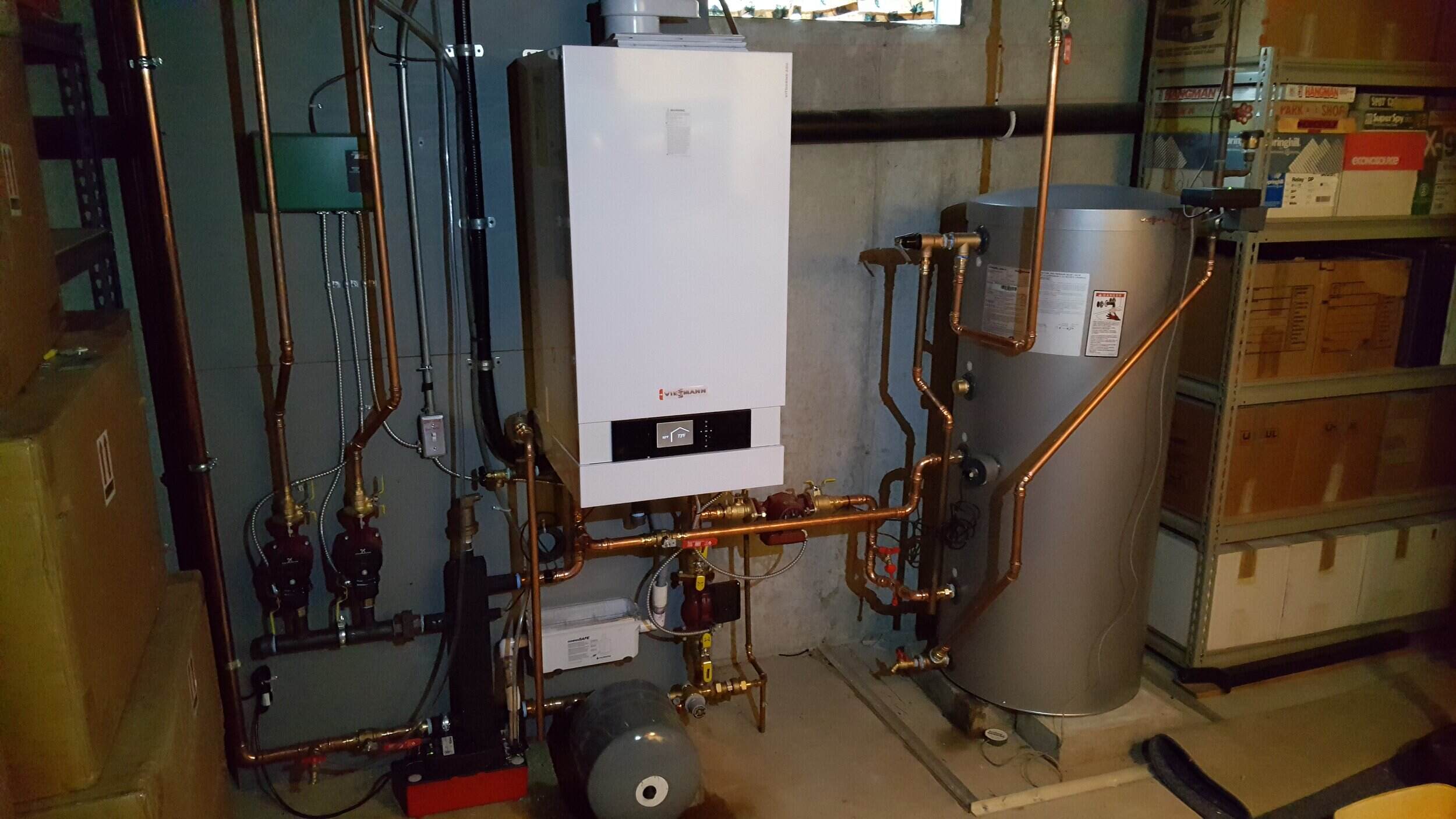

Articles
How Does A Water Heater Work
Modified: January 19, 2024
Learn how a water heater works in this informative article. Find out the different types and mechanisms behind heating water for your home.
(Many of the links in this article redirect to a specific reviewed product. Your purchase of these products through affiliate links helps to generate commission for Storables.com, at no extra cost. Learn more)
Introduction
A water heater is an essential appliance in most households, providing hot water for various everyday tasks such as showering, washing dishes, and doing laundry. While we often take hot water for granted, understanding how a water heater works can help us appreciate the technology behind it and troubleshoot any issues that may arise.
In this article, we will explore the components of a water heater, the heating mechanism involved, and the step-by-step process of how a water heater functions. So, whether you are a homeowner looking to learn more about your water heating system or simply curious about the inner workings of this common household device, let’s dive into the fascinating world of water heaters.
Components of a Water Heater
Before delving into how a water heater works, it is essential to familiarize ourselves with the different components that make up this appliance. While the specific design and features may vary depending on the type and model of the water heater, there are a few key components that are common to most systems:
- Storage tank
- Heating element
- Thermostat
- Temperature and pressure relief valve
- Water inlet and outlet pipes
- Pilot light or ignition system
Understanding the function of each component will give us a solid foundation to comprehend how a water heater operates.
Key Takeaways:
- Understanding the step-by-step process of how a water heater works, from heating to delivery, ensures a continuous supply of hot water for daily needs, promoting convenience and comfort in your home.
- Regular maintenance and timely troubleshooting are crucial for keeping a water heater running efficiently, extending its lifespan, and ensuring a reliable supply of hot water for your household activities.
Read more: How Does Tankless Water Heater Work
Components of a Water Heater
A water heater is a complex system that consists of several components working together to provide hot water on demand. Understanding these components is essential for troubleshooting and maintaining your water heater effectively. Here are the key components of a typical water heater:
- Storage tank: The storage tank, also known as the water heater tank, is where the water is stored and heated. It is typically made of steel and insulated to minimize heat loss. The tank capacity can vary depending on the size of the water heater and the household’s hot water needs.
- Heating element: The heating element is responsible for heating the water inside the tank. It is usually made of a high-resistance material, such as copper or stainless steel, and operates using electricity or fuel (such as natural gas or propane).
- Thermostat: The thermostat is a temperature control device that regulates the water heater’s operation. It allows you to set the desired water temperature and ensures that the heating element turns on or off to maintain the desired temperature.
- Temperature and pressure relief valve: This safety component is designed to relieve excessive temperature or pressure within the water heater tank. It automatically opens to release hot water or steam if the temperature or pressure exceeds a predetermined level, preventing potential damage or explosions.
- Water inlet and outlet pipes: These pipes are responsible for bringing cold water into the tank and delivering hot water to the household fixtures. The cold water enters through the inlet pipe, and the hot water flows out through the outlet pipe.
- Pilot light or ignition system: In gas-powered water heaters, a pilot light or an ignition system is used to ignite the burner assembly. The pilot light, usually a small flame, stays lit continuously to ignite the gas when necessary. In newer models, electronic ignition systems are used for improved energy efficiency.
These components work together to ensure that your water heater operates efficiently and provides a steady supply of hot water. Now that we have familiarized ourselves with the various components let’s move on to explore the heating mechanism and how a water heater functions.
Heating Mechanism
The heating mechanism of a water heater is the core element that enables the appliance to raise the temperature of the water stored in the tank. The method used to heat the water varies depending on the type of water heater. Let’s take a closer look at the two common heating mechanisms:
- Electric Water Heaters: Electric water heaters use one or more heating elements to heat the water. These heating elements are immersed in the tank and are powered by electrical energy. When the thermostat detects that the water temperature has dropped below the set level, it activates the heating element, which heats the water to the desired temperature. The heating process continues until the water reaches the set temperature, at which point the heating element turns off.
- Gas Water Heaters: Gas water heaters rely on a burner assembly and a flue system to heat the water. The burner assembly, fueled by natural gas or propane, generates a flame that directly heats the bottom of the tank. The heat from the burner then rises and transfers to the water, increasing its temperature. Gas water heaters typically have a flue system that exhausts the combustion byproducts, such as carbon dioxide and water vapor, out of the home safely.
Both electric and gas water heaters have their advantages and limitations. Electric water heaters are generally more efficient and require less maintenance, while gas water heaters tend to have faster recovery times and can be more cost-effective if natural gas is readily available.
It’s worth noting that newer models of water heaters often come with advanced features to improve energy efficiency and provide more precise temperature control. These features may include energy-saving modes, programmable timers, and even smart technology integration.
Now that we understand the heating mechanisms used in water heaters, let’s proceed to the next section, where we will explore the step-by-step process of how a water heater works.
Storage Tank
The storage tank is a crucial component of a water heater as it is responsible for holding and storing the heated water until it is needed. The tank is typically made of durable materials such as steel or glass-lined steel and is designed to withstand the pressure generated by the heating process.
The size of the storage tank can vary depending on the capacity of the water heater and the hot water demands of the household. Smaller tanks are typically found in residential settings, while larger tanks are often used in commercial or industrial applications.
Inside the storage tank, there are inlet and outlet pipes that allow for the flow of water. Cold water enters the tank through the inlet pipe, and hot water is drawn out through the outlet pipe when a faucet or fixture is opened. The tank is insulated to minimize heat loss and maintain the temperature of the stored water.
In traditional water heaters, the tank operates on the principle of stratification. This means that hot water rises to the top of the tank while cold water sinks to the bottom. As hot water is drawn from the top of the tank, cold water enters the bottom to replace it.
It’s important to note that the storage tank may accumulate sediment over time, especially in areas with hard water. This sediment can affect the efficiency of the water heater and lead to potential issues such as reduced heating performance, corrosion, or even tank failure. Regular maintenance, such as flushing the tank to remove sediment, is crucial to ensure the longevity and optimal performance of the water heater.
Overall, the storage tank is the central component of a water heater, providing a reservoir for the heated water until it’s ready for use. Understanding how the tank functions allows homeowners to make informed decisions about the size and maintenance of their water heater.
Heating Element
The heating element is a critical component of a water heater responsible for converting energy into heat to raise the temperature of the water. It is typically located inside the storage tank and directly immersed in the water.
In electric water heaters, the heating element is an electrical resistor made of materials such as copper, stainless steel, or Incoloy. When electrical current passes through the heating element, it generates heat due to its resistance to the flow of electricity. The heat is then transferred to the surrounding water, gradually raising its temperature.
There are typically two heating elements in electric water heaters: one located near the top of the tank and one near the bottom. This dual-element design allows for faster heating and better temperature control. The upper element is activated first to heat the water in the upper portion of the tank. Once the upper portion reaches the desired temperature, the lower element kicks in to heat the rest of the water in the tank.
In gas water heaters, there is no direct heating element. Instead, a burner assembly is used to generate a flame that heats the bottom of the tank. The burner assembly is fueled by natural gas or propane and is ignited by either a pilot light or an electronic ignition system. The heat from the flame rises and transfers to the water through the tank walls, increasing its temperature.
The efficiency of the heating element directly affects the energy consumption of the water heater. Well-maintained and properly functioning heating elements ensure that the water is heated efficiently and effectively. Over time, mineral deposits from the water can accumulate on the heating element, reducing its efficiency. Regular maintenance, such as descaling or replacing the heating element, is necessary to keep the water heater operating at peak performance.
It’s important to note that the temperature of the water can be adjusted using the thermostat attached to the heating element. This allows homeowners to set their desired hot water temperature according to their needs and preferences. However, it’s essential to exercise caution and avoid setting the temperature too high, as it can lead to scalding and unnecessary energy consumption.
The heating element plays a central role in the operation of both electric and gas water heaters, ensuring that the water is heated to the desired temperature for various household tasks. Understanding its function and maintenance requirements can help homeowners optimize their water heating systems efficiently.
Read more: How Does A Solar Water Heater Work
Thermostat
The thermostat in a water heater is an important component that controls and regulates the temperature of the water. It is typically located near the bottom of the tank, close to the heating element. The main function of the thermostat is to monitor the water temperature and signal the heating element to turn on or off as needed.
The thermostat consists of a temperature-sensitive probe that detects the water temperature inside the tank. When the temperature drops below the setpoint, the thermostat sends an electrical signal to activate the heating element, allowing it to generate heat and raise the water temperature. Once the water reaches the desired temperature, the thermostat signals the heating element to turn off, conserving energy and preventing overheating of the water.
Most water heaters have an adjustable thermostat that allows homeowners to set the desired water temperature. The temperature range typically varies from 120°F (49°C) to 160°F (71°C). It’s important to choose a safe and comfortable temperature setting to prevent scalding accidents while ensuring adequate hot water for everyday needs.
Additionally, some modern water heaters offer advanced thermostat features such as programmable temperature control, energy-saving modes, and digital displays that show the current water temperature. These features provide greater control and convenience in managing the water heater’s operation according to specific preferences and requirements.
Regular calibration and maintenance of the thermostat are crucial for accurate temperature control. Over time, mineral deposits or other factors can affect the thermostat’s accuracy, resulting in incorrect temperature readings and potential issues with the water heater’s performance. It’s recommended to consult the manufacturer’s instructions or seek professional assistance to ensure the thermostat functions optimally.
Overall, the thermostat in a water heater acts as the control center for maintaining the desired water temperature. It ensures that the hot water is consistently available at the right temperature for various household activities.
Temperature and Pressure Relief Valve
The temperature and pressure relief valve (T&P valve) is a crucial safety component in a water heater that helps protect against excessive temperature and pressure buildup. Its primary function is to relieve any excess pressure or temperature within the water heater tank to prevent potential damage or catastrophic failures.
The T&P valve is typically located on the side or the top of the water heater tank and is equipped with a pressure-sensitive mechanism and a temperature-sensitive element. When the pressure or temperature inside the tank exceeds a safe and predetermined level, the T&P valve automatically opens to release the excess pressure or hot water.
Excessive pressure can occur due to factors such as a malfunctioning thermostat, a faulty pressure regulator, or a closed water inlet valve. When the pressure exceeds the set threshold, the T&P valve opens to relieve the pressure by allowing water to discharge from the tank through a dedicated discharge pipe called the T&P relief pipe. The released water and pressure act as a safety measure by preventing the tank from sustaining damage or exploding.
Similarly, if the temperature inside the tank reaches a dangerously high level, the T&P valve will also open to release hot water and reduce the temperature. This can happen if the heating element malfunctions or the thermostat fails to maintain the desired temperature. The T&P valve ensures that the water temperature remains within a safe range to prevent scalding and other potential hazards.
It’s important to note that the T&P valve should never be tampered with or blocked, as it is a critical safety feature. Regular inspection and testing of the T&P valve are recommended to ensure that it is functioning correctly. If the T&P valve is leaking or fails to relieve pressure, it should be replaced immediately by a qualified professional to maintain the safety and integrity of the water heater.
Having a properly installed and functioning T&P valve provides homeowners with peace of mind, knowing that their water heater is protected against excessive pressure and temperature. It is an essential safety measure that helps prevent accidents and ensures the longevity of the water heating system.
Water Inlet and Outlet Pipes
The water inlet and outlet pipes play a vital role in the operation of a water heater, as they are responsible for bringing cold water into the tank and delivering hot water to the various fixtures in your home.
The water inlet pipe is connected to the cold water supply line and is usually located near the bottom of the water heater tank. This pipe allows cold water to enter the tank when needed. The cold water supply can come from a municipal water source or a well, depending on the location of your home.
On the other hand, the water outlet pipe is connected to the hot water outlet at the top of the water heater tank. This pipe carries hot water from the tank to the faucets, showers, and other fixtures throughout your home. The hot water can be accessed by opening the appropriate hot water valve or faucet.
Both the water inlet and outlet pipes are typically made of durable materials such as copper, stainless steel, or PEX (cross-linked polyethylene). These materials are chosen for their resistance to corrosion and their ability to handle the high temperatures and pressures associated with hot water distribution.
In most water heaters, cold water enters through the inlet pipe and flows into the bottom of the storage tank. As the water is heated, it rises to the top of the tank and is drawn out through the outlet pipe when a faucet or fixture is opened. This process provides a constant supply of hot water throughout the household.
It’s important to ensure that both the water inlet and outlet pipes are properly installed and free from leaks. Any leaks in these pipes can lead to water waste, reduced efficiency, and potential damage to the surrounding areas. Regular inspection and maintenance, including checking for leaks and proper insulation, are necessary to keep the pipes in good working condition.
Additionally, it’s recommended to insulate the water heater pipes to minimize heat loss during distribution. Insulation sleeves or wraps designed specifically for hot water pipes can help conserve energy, increase efficiency, and reduce standby heat loss.
Overall, the water inlet and outlet pipes are vital components of a water heater, allowing for the flow of cold and hot water throughout the system. Understanding their function and taking proper care of these pipes ensures a reliable and efficient supply of hot water in your home.
Pilot Light or Ignition System
The pilot light or ignition system is an essential component in gas-powered water heaters, responsible for igniting the burner assembly and initiating the heating process. Gas water heaters utilize either a pilot light or an electronic ignition system to achieve this.
A pilot light is a small, continuously burning flame that is located near the burner assembly. It is typically fueled by a small amount of gas, such as natural gas or propane. The pilot light serves as a ignition source for the main burner. When the water heater needs to heat the water, the gas valve opens, and the pilot light ignites the gas in the burner assembly, which produces a larger flame to heat the water inside the tank.
On the other hand, newer models of gas water heaters employ an electronic ignition system, also known as a pilotless ignition system. Instead of a continuously burning pilot light, an electronic igniter sends an electrical spark to ignite the gas when the water heater is in use. This system is more energy-efficient as it eliminates the need for a pilot light that consumes a small amount of gas continuously.
The ignition system, whether pilot light or electronic, is essential for the safe and efficient operation of a gas water heater. In the case of a pilot light, it is crucial to ensure that the flame is always burning. If the pilot light goes out, the gas supply to the burner assembly is automatically shut off as a safety measure. In such instances, the pilot light must be relit according to the manufacturer’s instructions to restore the operation of the water heater.
Gas water heaters with an electronic ignition system are typically equipped with a troubleshooting mechanism that detects if the igniter fails to spark. In such cases, the system automatically shuts off the gas supply to prevent gas buildup and potential hazards. Professional assistance may be required to diagnose and rectify issues with the ignition system in these cases.
Regular maintenance and inspection of the pilot light or the ignition system are essential to ensure reliable and safe operation of the gas water heater. This includes cleaning the pilot light assembly, checking gas connections, and verifying that the ignition system is functioning correctly. Following the manufacturer’s recommendations for maintenance and troubleshooting is essential to address any issues promptly and prevent potentially dangerous situations.
Understanding the role of the pilot light or ignition system in gas water heaters allows homeowners to ensure the proper functioning and efficiency of their water heating systems while prioritizing safety.
Read more: How Does Heat Pump Water Heater Work
How a Water Heater Works
Understanding how a water heater works allows us to appreciate the fascinating process that provides us with hot water for our daily needs. The basic functioning of a water heater involves several steps, from the moment cold water enters the tank to when it is heated and delivered to the faucets. Let’s explore the step-by-step process:
- Step 1: Water enters the tank: Cold water enters the water heater tank through the water inlet pipe. The cold water fills the storage tank from the bottom, ready to be heated.
- Step 2: Water is heated: In an electric water heater, one or more heating elements are activated when the water temperature drops below the set level. The heating elements generate heat, raising the temperature of the water. In a gas water heater, the burner assembly ignites to produce a flame that heats the bottom of the tank, transferring heat to the water.
- Step 3: Hot water rises to the top: As the water is heated, hot water naturally rises to the top of the tank while cold water sinks to the bottom. This stratification process helps to maintain a ready supply of hot water for use.
- Step 4: Hot water is delivered to the faucets: When a hot water faucet is opened in your home, hot water is drawn from the top of the tank and flows through the outlet pipe. This hot water is then delivered to the desired fixture, such as a shower or sink.
- Step 5: Cold water refills the tank: As hot water is drawn from the tank, cold water enters the tank through the water inlet pipe. This ensures a continuous supply of water, ready to be heated for future use.
- Step 6: Water continues to be heated: The heating process continues as long as there is a demand for hot water. The heating elements in an electric water heater or the burner assembly in a gas water heater cycle on and off as needed to maintain the set temperature.
- Step 7: Temperature and pressure regulation: The water heater’s thermostat monitors the water temperature, signaling the heating elements or burner assembly to turn on or off to maintain the desired temperature. The temperature and pressure relief valve serves as a safety mechanism, opening to relieve excessive pressure or temperature if it exceeds safe levels.
- Step 8: Maintenance and troubleshooting the water heater: Regular maintenance, such as flushing the tank to remove sediment, checking for leaks in pipes, and inspecting the T&P valve, is crucial to ensure the water heater’s optimal performance. Troubleshooting any issues promptly can help extend the lifespan of the water heater and ensure a reliable supply of hot water.
By understanding the step-by-step process of how a water heater works, homeowners can better appreciate the technology behind this essential appliance and ensure its efficient and safe operation. Regular maintenance and awareness of any potential issues allow us to enjoy the convenience of hot water whenever we need it.
Regular maintenance of your water heater, such as flushing the tank and checking the anode rod, can help improve its efficiency and extend its lifespan.
Step 1: Water enters the tank
In the process of how a water heater works, the first step is the entry of cold water into the tank. When you turn on a hot water faucet or fixture in your home, the water heater initiates its operation to provide you with hot water. The cold water supply is directed into the water heater tank through the water inlet pipe.
The water inlet pipe is typically connected to the main cold water supply line. It allows the cold water to flow into the bottom of the water heater tank, filling it up. The water inlet pipe is designed to ensure a controlled and steady flow of cold water into the tank.
As the cold water enters the tank, it displaces any existing hot water that may be present. The cold water fills the lower section of the tank while pushing the hot water towards the top. This separation of hot and cold water is essential for maintaining a ready supply of hot water.
The rate at which the water enters the tank through the water inlet pipe is determined by the household’s water pressure and the size of the inlet valve. It’s important to note that the water heater’s capacity and the incoming cold water temperature can also affect the time it takes for the tank to fill.
The water entering the tank is typically at a relatively low temperature since it comes directly from the cold water supply. The purpose of the water heater is to heat this cold water to the desired hot water temperature that can be used for various household activities.
Depending on the type of water heater, whether gas or electric, the subsequent steps involve the heating process to raise the temperature of the water. But the first and crucial step is the entry of cold water into the tank through the water inlet pipe, setting the foundation for the following stages of the water heating process.
Step 2: Water is heated
After the cold water enters the tank through the water inlet pipe, the next step in the water heating process is the actual heating of the water. This step varies depending on the type of water heater – electric or gas – and the specific heating mechanism employed.
In electric water heaters, one or more heating elements are responsible for heating the water. These heating elements are typically made of high-resistance materials such as copper or stainless steel. When the water temperature drops below the set level, a signal is sent to the heating elements to activate and start generating heat.
As electricity passes through the heating elements, they begin to heat up. The heat is then transferred to the surrounding water in the tank, gradually raising its temperature. The heating process continues until the water reaches the desired temperature as set on the thermostat.
In contrast, gas water heaters utilize a burner assembly to heat the water. The burner assembly is fueled by either natural gas or propane. When the thermostat detects a drop in water temperature, it signals the gas valve to open, allowing gas to flow to the burner.
The burner ignites the gas, creating a flame that heats the bottom portion of the tank. As the flame burns, heat is transferred to the water surrounding the burner assembly, gradually raising its temperature. The gas burner remains on until the water reaches the desired temperature, at which point the thermostat signals the gas valve to shut off the gas supply to the burner.
Both electric and gas heating mechanisms are designed to efficiently heat the water in the tank while minimizing energy consumption. The heating process occurs continuously or until the water reaches the set temperature, ensuring a ready supply of hot water for your household needs.
It’s important to note that the time it takes for the water to reach the desired temperature can vary depending on factors such as the heating capacity of the water heater, the starting temperature of the cold water, and the flow rate of the hot water being consumed.
By heating the water to the desired temperature, the water heater ensures that hot water is readily available for your showers, washing dishes, and other daily activities. The heating of the water is a vital step in the water heating process, setting the stage for the next steps that involve the delivery and distribution of the hot water to the faucets in your home.
Step 3: Hot water rises to the top
Once the water in the tank is heated to the desired temperature, the next step in the water heating process involves the natural phenomenon known as stratification. Stratification is the process by which hot water rises to the top of the tank while colder water sinks to the bottom.
This step is essential for maintaining a steady supply of hot water. As the water is heated, it becomes less dense, causing it to rise towards the top of the tank. Hot water naturally seeks the highest point, which in this case is the upper portion of the tank.
As the hot water rises, it displaces the colder water already present near the top of the tank. This creates a distinct separation between the hot and cold water within the tank, with the hot water occupying the upper portion and the colder water settling at the bottom.
Stratification is facilitated by the physics principle known as convection, where heat energy is transferred through the movement of fluid. In this case, the heated water rises due to its lower density, creating a convection current within the tank.
The stratification process in a well-insulated water heater helps maintain the temperature of the stored water for as long as possible. The hot water near the top of the tank remains hot and ready for use, while the colder water at the bottom of the tank is preserved until it is called upon for heating.
When you open a hot water faucet or fixture in your home, the water drawn from the tank is typically from the top where the hot water is situated. This ensures that you have immediate access to hot water without having to wait for the entire tank to heat up.
It’s important to note that the efficiency of stratification can be influenced by factors such as the design of the water heater, the flow rate of hot water being consumed, and the frequency of hot water usage in the household. Ensuring proper insulation of the tank and regular maintenance of the water heater can help optimize the stratification process.
Understanding the stratification process is crucial for maximizing the availability of hot water and improving the overall efficiency of the water heating system. This step ensures that hot water rises to the top of the tank, ready to be delivered when you need it.
Read more: How Does An Electric Hot Water Heater Work
Step 4: Hot water is delivered to the faucets
Now that the water in the water heater tank is heated and hot water has risen to the top, the next step in the water heating process is the delivery of hot water to the faucets and fixtures in your home.
When a hot water faucet or fixture is opened, whether it’s a showerhead, a sink faucet, or a bathtub spout, the pressure in the plumbing system causes the hot water to flow out of the tank and through the water outlet pipes.
The hot water travels through the water outlet pipe connected to the top of the water heater tank. It then flows through the hot water supply lines, which often run through the walls or ceilings of your home, to reach the desired fixture.
The hot water supply lines are designed to carry and distribute the hot water from the water heater to the various faucets in your home. These pipes are typically made of materials that can handle high temperatures, such as copper or PEX (cross-linked polyethylene), to ensure the safe and efficient delivery of hot water.
As the hot water flows through the supply lines, it remains at the set temperature, providing you with a consistent and comfortable stream of hot water. The temperature can be adjusted at the water heater’s thermostat to suit your preferences and needs.
Hot water is readily available as soon as you open the hot water faucet or fixture. The time it takes for the hot water to reach the faucet depends on factors like the length of the pipe run, the presence of insulation in the water supply lines, and the flow rate of the hot water.
It’s worth noting that hot water distribution systems can vary in different homes. Some homes may have a centralized hot water distribution system, while others may have point-of-use water heaters located closer to specific fixtures, such as in the case of tankless water heaters.
Regardless of the specific setup, the delivery of hot water to the faucets and fixtures in your home is a critical step in the water heating process. It allows you to enjoy the convenience of hot water for showering, washing dishes, doing laundry, and many other everyday activities.
Step 5: Cold water refills the tank
As hot water is drawn from the tank and delivered to the faucets and fixtures in your home, the next step in the water heating process is the refilling of the tank with cold water. This ensures a continuous supply of water for heating and use.
When you open a hot water faucet, the decrease in pressure in the plumbing system triggers a valve known as the pressure relief valve. The pressure relief valve opens to allow the release of hot water, creating a slight drop in pressure within the tank.
With the drop in pressure, the water inlet valve opens to allow cold water to enter the water heater tank. The cold water flows from the main water supply line through the water inlet pipe and fills the tank from the bottom.
As the tank refills, the cold water displaces the remaining hot water near the top of the tank and pushes it through the water outlet pipe to the desired faucet or fixture. This process ensures a continuous flow of hot water while the tank is being refilled.
Once the tank is filled with cold water, the heating mechanism of the water heater restarts to heat the newly added cold water. The heating element(s) in an electric water heater or the burner assembly in a gas water heater operates as needed to raise the temperature of the incoming cold water.
The frequency at which the tank refills with cold water depends on the hot water consumption in your home. As long as there is a demand for hot water, the tank will continuously refill with cold water, and the heating process will continue to maintain the set temperature.
The refilling of the tank with cold water ensures a steady supply of hot water for your household needs. Without this refilling process, the tank would eventually run out of hot water, making it impossible to sustain a consistent flow of hot water.
It’s important to note that the incoming cold water temperature can affect the overall efficiency and performance of the water heater. The colder the incoming water, the more energy may be required to heat it to the desired temperature. Insulating the water heater and the associated pipes can help reduce heat loss and maximize energy efficiency.
By refilling the tank with cold water, the water heater maintains a continuous supply of hot water for your everyday activities, ensuring convenience and comfort in your home.
Step 6: Water continues to be heated
Once the tank is refilled with cold water, the water heating process continues to ensure a constant supply of hot water in your home. The heating mechanism, whether electric or gas, operates as needed to maintain the desired temperature and meet the demand for hot water.
In an electric water heater, the heating elements are responsible for heating the water. When the temperature of the water drops below the set level on the thermostat, the heating elements are activated. The elements generate heat, which is then transferred to the surrounding water in the tank.
As the water continues to flow into the tank from the water inlet pipe, it mixes with the existing hot water and absorbs the heat generated by the heating elements. The heating elements cycle on and off as needed, ensuring that the water remains at the desired temperature set on the thermostat.
In a gas water heater, the burner assembly is the primary heat source. When the water temperature decreases below the set level, the thermostat signals the gas valve to open, allowing the burner to ignite. The flame from the burner heats the bottom of the tank, transferring heat to the water.
As the newly added cold water mixes with the existing hot water, it is gradually heated by the burner assembly. Similar to an electric water heater, the burner assembly operates in cycles, turning on and off as necessary to maintain the desired temperature.
The continuous heating of the water ensures that hot water is readily available whenever a hot water faucet or fixture is opened in your home. The heating mechanism adjusts its operation based on the water temperature requirements and the demand for hot water.
If there is a higher demand for hot water, such as during peak usage times or multiple hot water fixtures being used simultaneously, the water heater will work harder to meet the demand. It adjusts the heating elements or burner assembly to produce more heat and maintain the desired temperature despite the increased water flow.
It’s important to note that the heating efficiency of the water heater can be affected by factors such as scale buildup on the heating elements, sediment accumulation in the tank, or any malfunctions in the heating system. Regular maintenance and periodic inspection of the water heater are crucial to ensure optimal performance and energy efficiency.
By continuously heating the water in the tank, the water heater provides a reliable and consistent supply of hot water for your daily needs. It ensures that hot water is readily available whenever you require it, promoting convenience and comfort in your home.
Step 7: Temperature and pressure regulation
Temperature and pressure regulation is a critical step in the water heating process to ensure the safe and efficient operation of the water heater. Various components come into play to monitor and control the temperature and pressure within the system.
The thermostat is a key component that regulates the water temperature. It is typically located near the bottom of the water heater tank and is equipped with a temperature-sensitive probe. The thermostat constantly monitors the water temperature and signals the heating elements or burner assembly to turn on or off as needed.
When the water temperature drops below the set temperature, the thermostat instructs the heating elements or burner assembly to activate and start heating the water. Once the water reaches the desired temperature, the thermostat signals the heating components to shut off, preventing overheating.
Temperature regulation is crucial to prevent scalding and ensure that the hot water is at a safe and comfortable level for various household activities. It’s important to set the thermostat temperature at an appropriate level, taking into account factors such as personal preference and the age group of household occupants.
In addition to temperature regulation, the water heater has a safety component known as the temperature and pressure relief valve (T&P valve). The T&P valve is designed to relieve excessive pressure or temperature within the water heater tank.
If the pressure or temperature inside the tank exceeds a safe threshold, the T&P valve automatically opens to release hot water or steam. This helps prevent damage to the tank and potential hazards such as tank rupture or explosion.
Regular inspection and testing of the T&P valve are important to ensure its proper functioning. If the T&P valve is leaking, constantly discharging water, or fails to relieve pressure, it should be replaced promptly by a qualified professional to maintain the safety and integrity of the water heater.
Temperature and pressure regulation work in tandem to keep the water heater operating within safe parameters. The thermostat and T&P valve are integral safety features that ensure the water heater functions efficiently while minimizing the risk of potential accidents or damage.
By maintaining proper temperature and pressure control, the water heater provides hot water that is not only comfortable and convenient but also safe for use in your household.
Step 8: Maintenance and troubleshooting the water heater
Maintenance and troubleshooting are vital aspects of keeping a water heater running efficiently and avoiding potential issues. Regular maintenance helps extend the lifespan of the water heater and ensures its optimal performance. Here are some key maintenance tasks and troubleshooting steps:
1. Periodic flushing: Over time, sediment buildup can occur in the tank, reducing the water heater’s efficiency. Flushing the tank periodically helps remove sediment, allowing the heating elements or burner assembly to work more effectively.
2. Checking for leaks: Inspect the water heater and its associated pipes for any signs of leaks. Leaks can indicate issues such as loose connections, damaged valves, or corrosion. Addressing leaks promptly can prevent water damage and avoid further complications.
3. Testing the temperature and pressure relief valve (T&P valve): Regularly test the T&P valve to ensure it is functioning correctly. Lift the valve’s lever slightly to allow a small amount of water to be discharged. If the valve does not release water or continues to leak afterward, it may need to be replaced.
4. Inspecting the sacrificial anode rod: Some water heaters have a sacrificial anode rod that helps protect the tank from corrosion. Check the status of the anode rod and replace it if it is heavily corroded. This simple maintenance step can significantly extend the life of the water heater.
5. Monitoring for unusual sounds or smells: Pay attention to any strange noises, such as hissing or popping sounds, coming from the water heater. Unusual smells, particularly a rotten egg odor, could indicate a gas leak or bacterial growth in the tank. If you notice any of these signs, it is essential to contact a professional plumber immediately.
6. Ensuring proper ventilation: If you have a gas water heater, ensure that the area around the unit is well-ventilated to prevent the buildup of harmful gases. Clear any obstructions around the vent and ensure that the venting system is intact and functioning correctly.
7. Checking the pilot light or ignition system: If you have a gas water heater with a pilot light, make sure the flame is consistently burning. If the flame goes out, refer to the manufacturer’s instructions for relighting it. For electronic ignition systems, check for any error codes or malfunctions.
8. Regular professional inspection: It’s recommended to schedule periodic professional inspections of your water heater. A trained plumber can thoroughly assess the system, identify any potential issues, and perform necessary maintenance or repairs.
By following these maintenance guidelines and promptly addressing any troubleshooting needs, you can ensure that your water heater operates efficiently and reliably. Regular maintenance not only prolongs the life of the water heater but also helps prevent costly breakdowns and conserves energy.
Remember to always consult the manufacturer’s instructions and seek professional assistance when needed. Maintaining your water heater will not only provide you with a consistent supply of hot water but also give you peace of mind knowing that your system is in good working order.
Conclusion
A water heater is an essential appliance in our homes, providing us with the convenience of hot water for our daily needs. Understanding how a water heater works and the components involved allows us to appreciate the technology behind this indispensable device.
In this article, we explored the step-by-step process of how a water heater operates. From the moment cold water enters the tank to when hot water is delivered to the faucets, each step plays a crucial role in ensuring a continuous supply of hot water.
Components such as the storage tank, heating element, thermostat, temperature and pressure relief valve, water inlet and outlet pipes, and the pilot light or ignition system all work together to maintain the desired hot water temperature and pressure.
Proper maintenance and regular troubleshooting are essential to keep the water heater operating efficiently and prevent potential issues. Tasks such as flushing the tank, checking for leaks, testing the T&P valve, and inspecting the sacrificial anode rod contribute to the longevity and performance of the unit.
Ultimately, a well-maintained water heater provides us with a constant supply of hot water for our showers, baths, washing dishes, and other household tasks. It offers comfort, convenience, and improved quality of life for our daily routines.
When it comes to maintenance and troubleshooting, it is crucial to follow manufacturer guidelines and consult professionals when needed. Regular inspections and timely repairs can enhance energy efficiency, prevent costly breakdowns, and ensure the safety of your water heating system.
By understanding the inner workings of your water heater and performing routine maintenance, you can benefit from reliable hot water for years to come. So, take the time to care for your water heater and enjoy the benefits of a well-functioning and efficient appliance in your home.
Frequently Asked Questions about How Does A Water Heater Work
Was this page helpful?
At Storables.com, we guarantee accurate and reliable information. Our content, validated by Expert Board Contributors, is crafted following stringent Editorial Policies. We're committed to providing you with well-researched, expert-backed insights for all your informational needs.
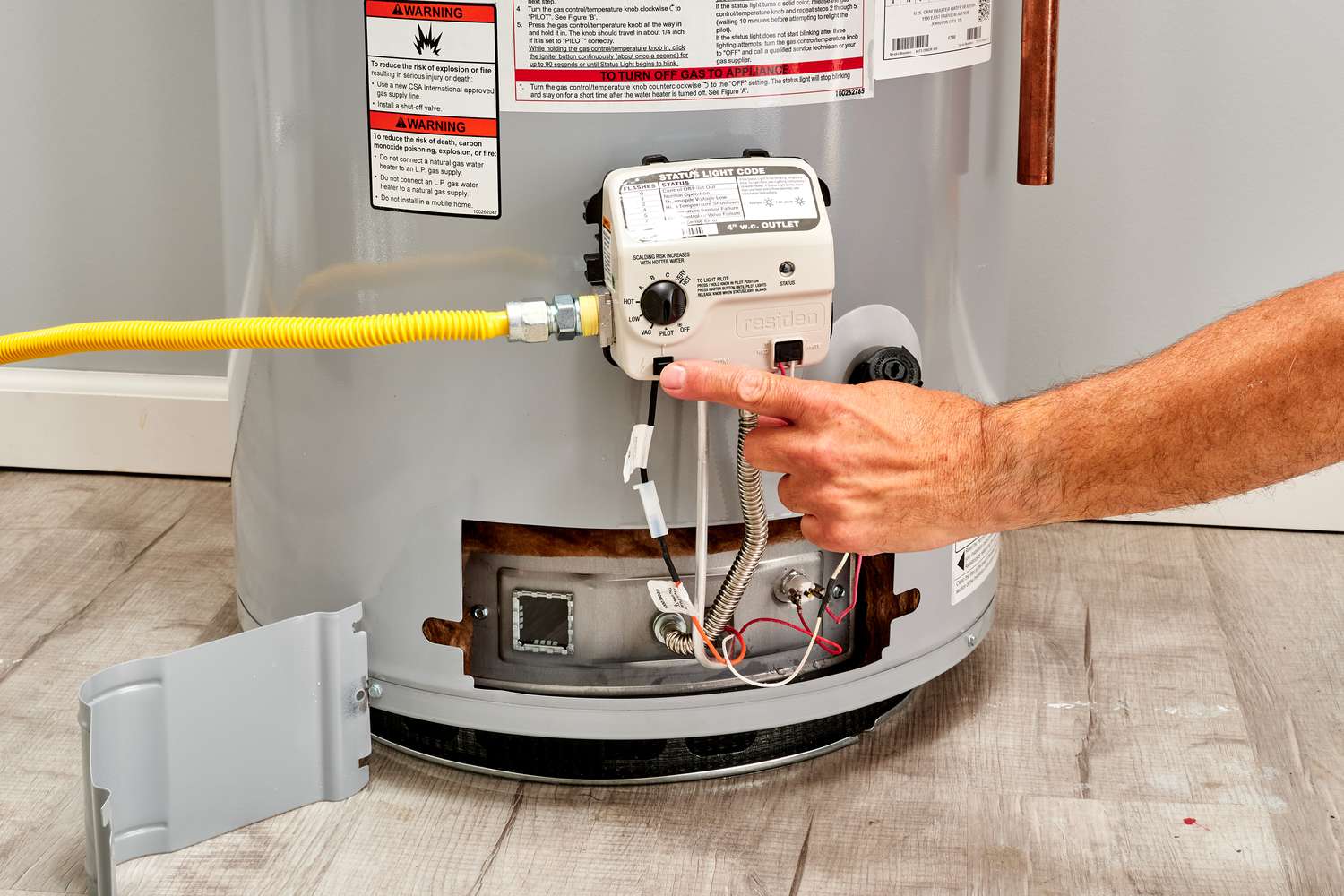
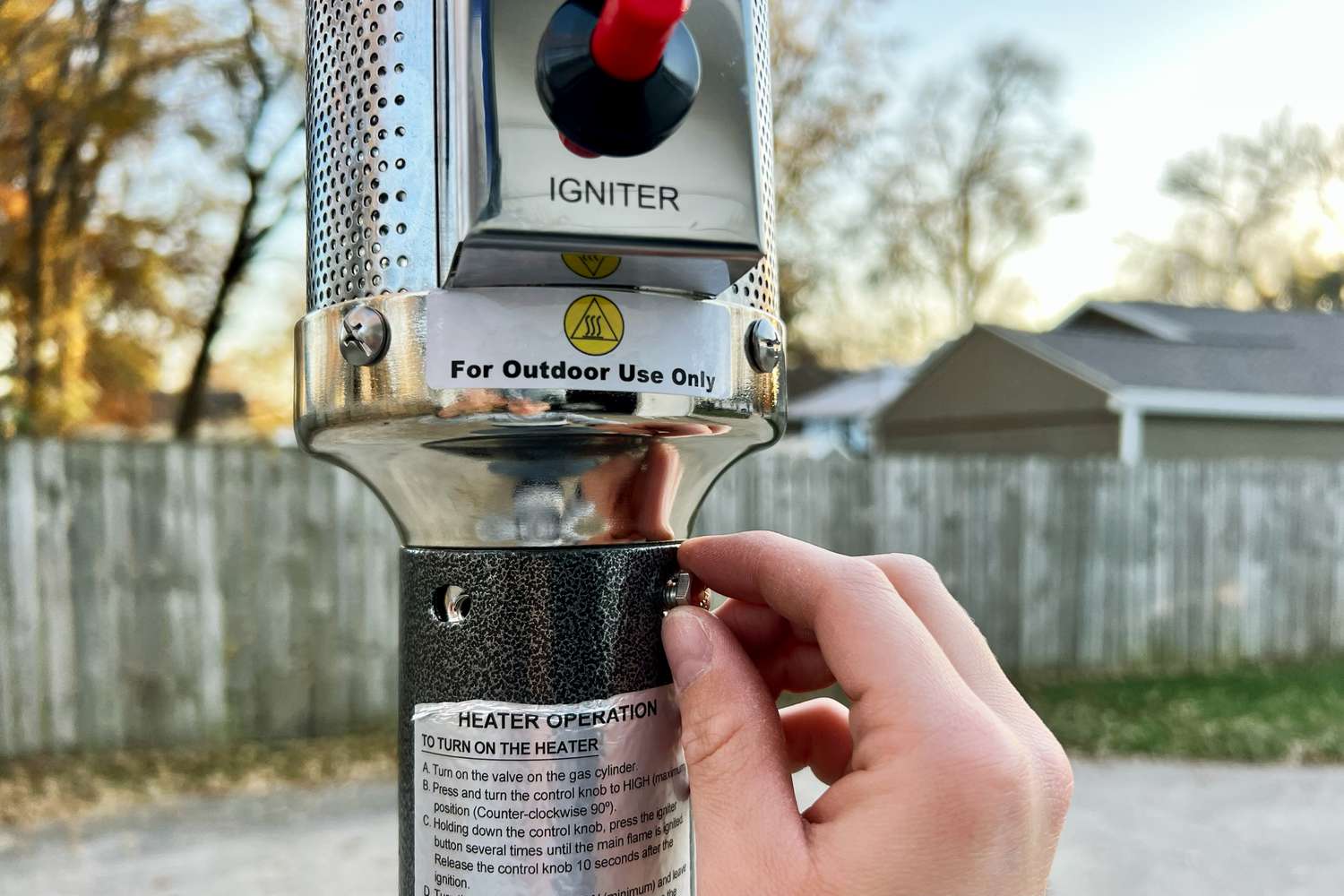
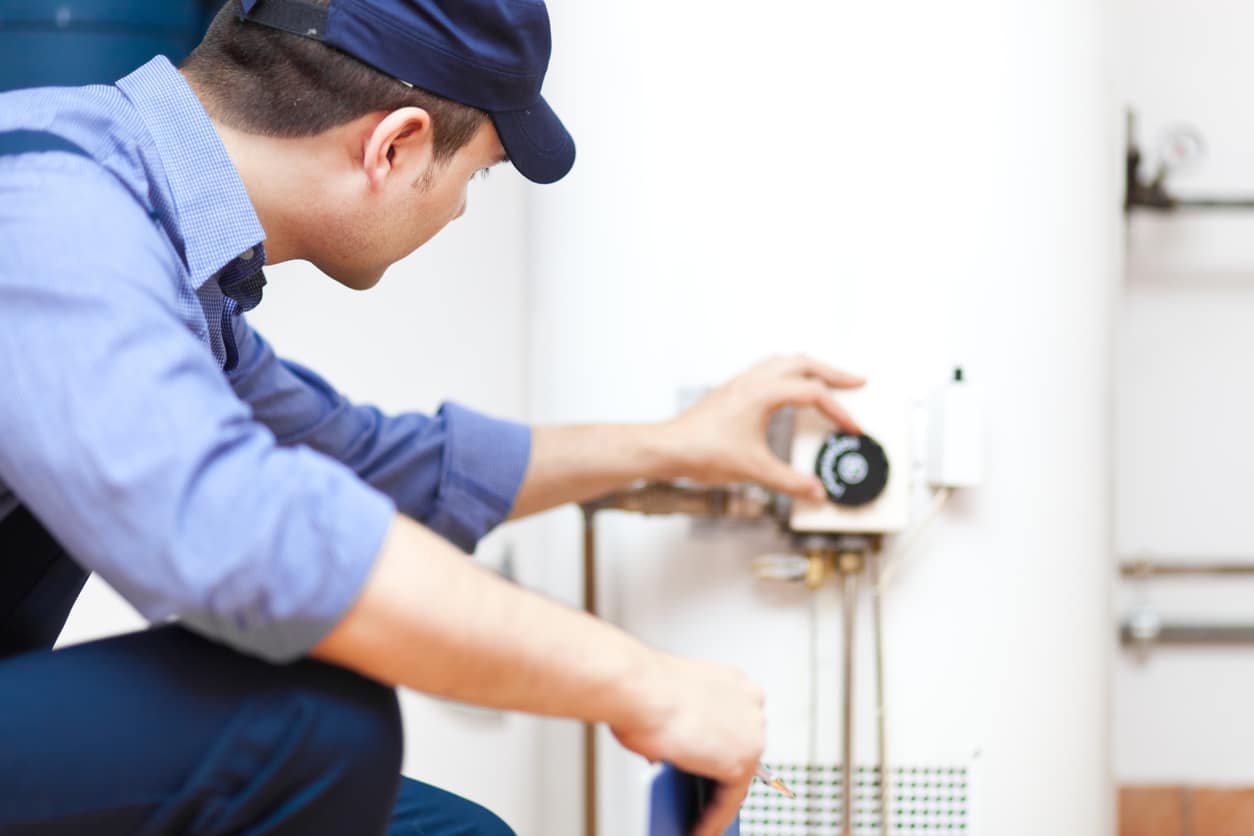
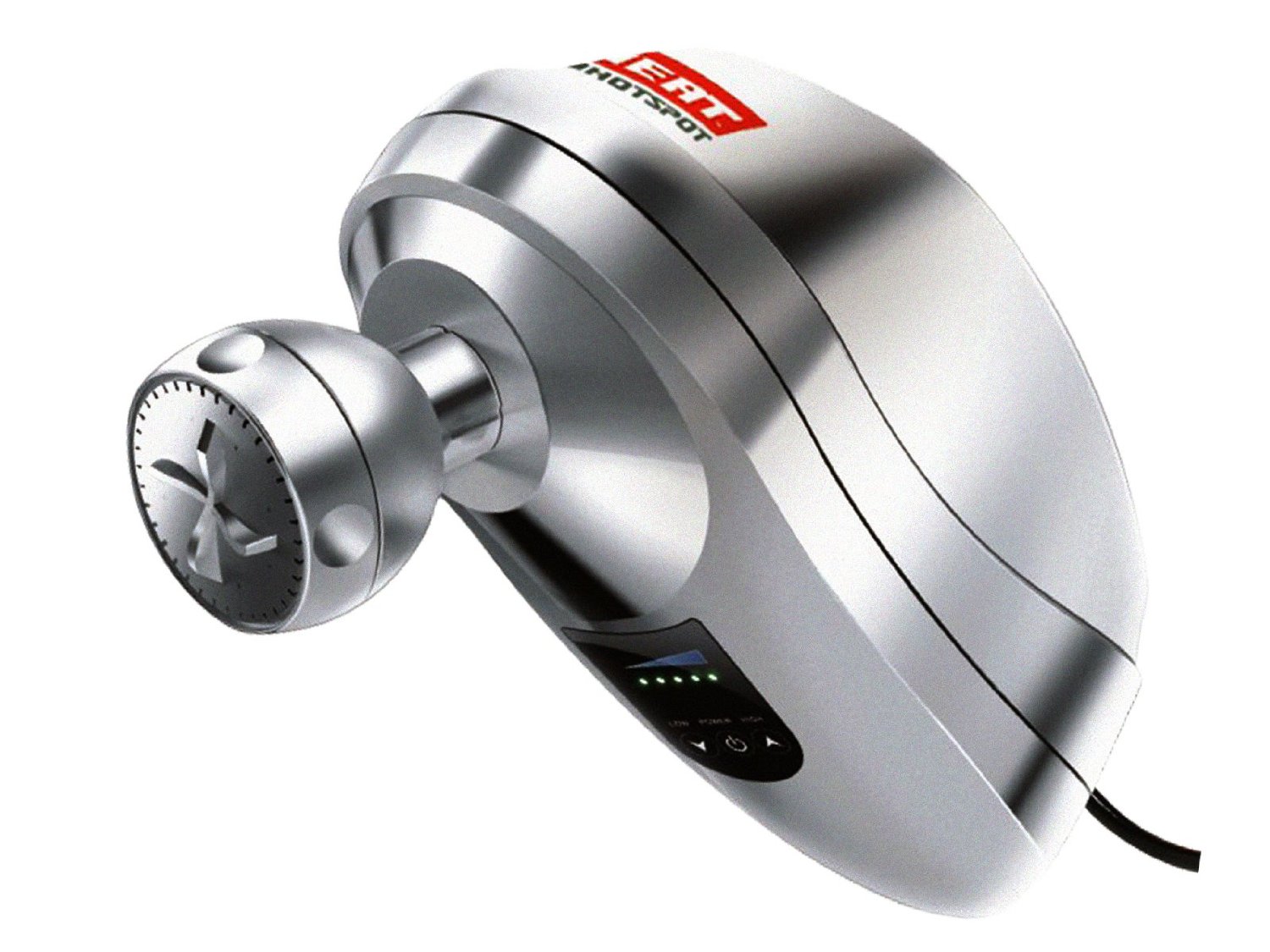
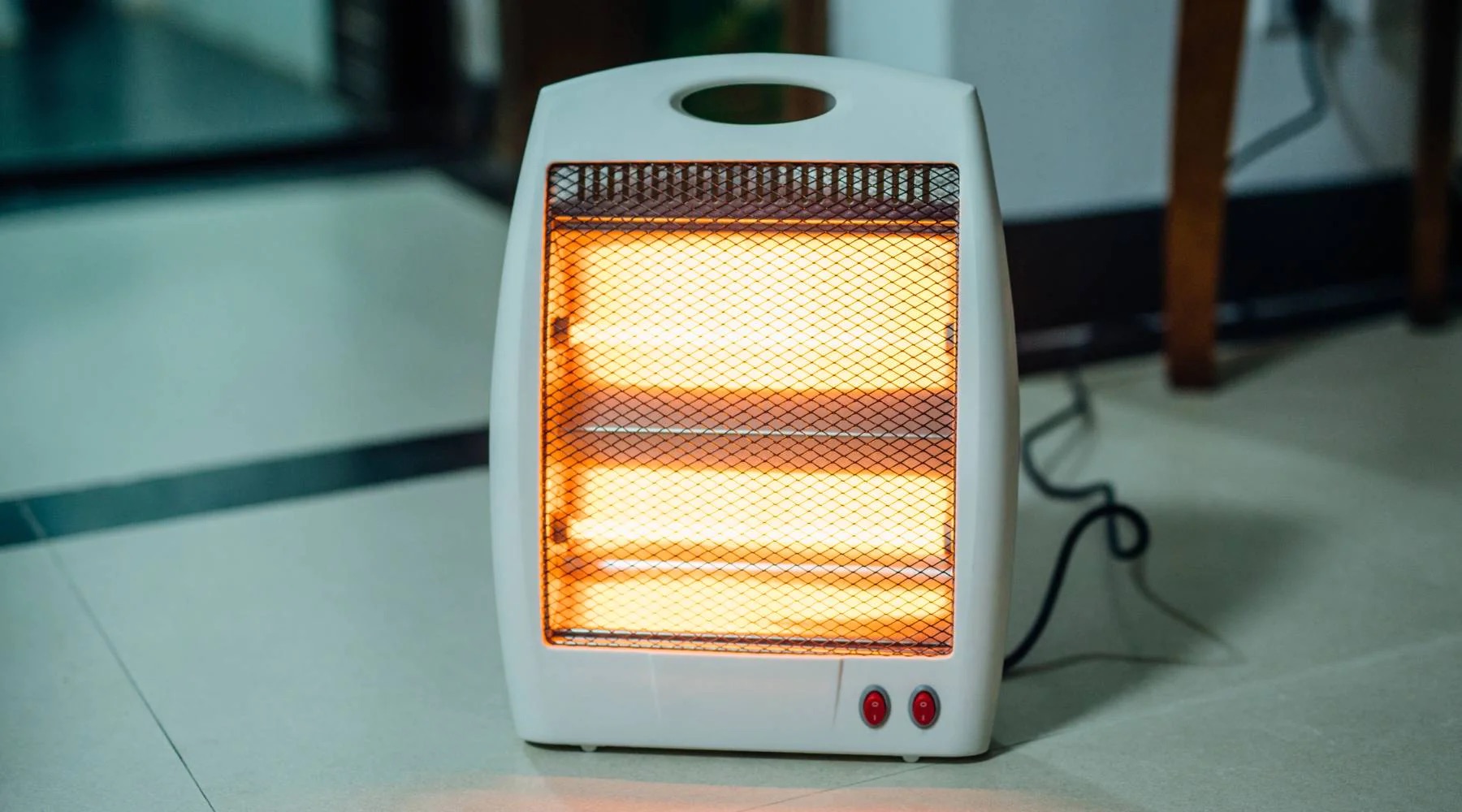
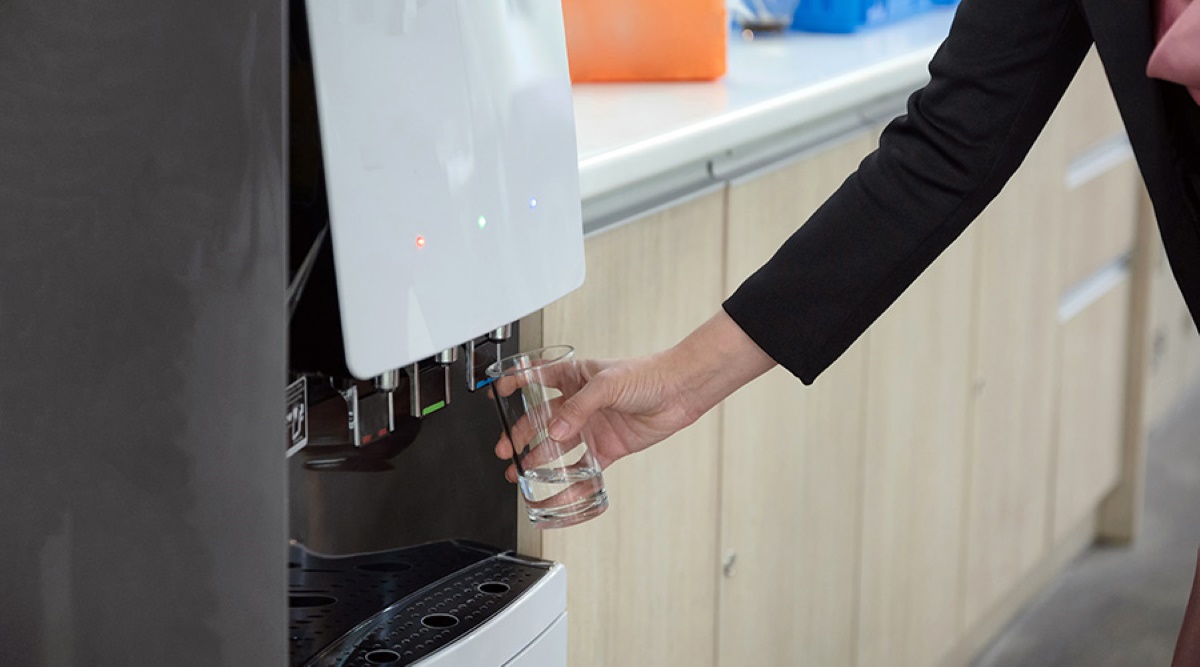
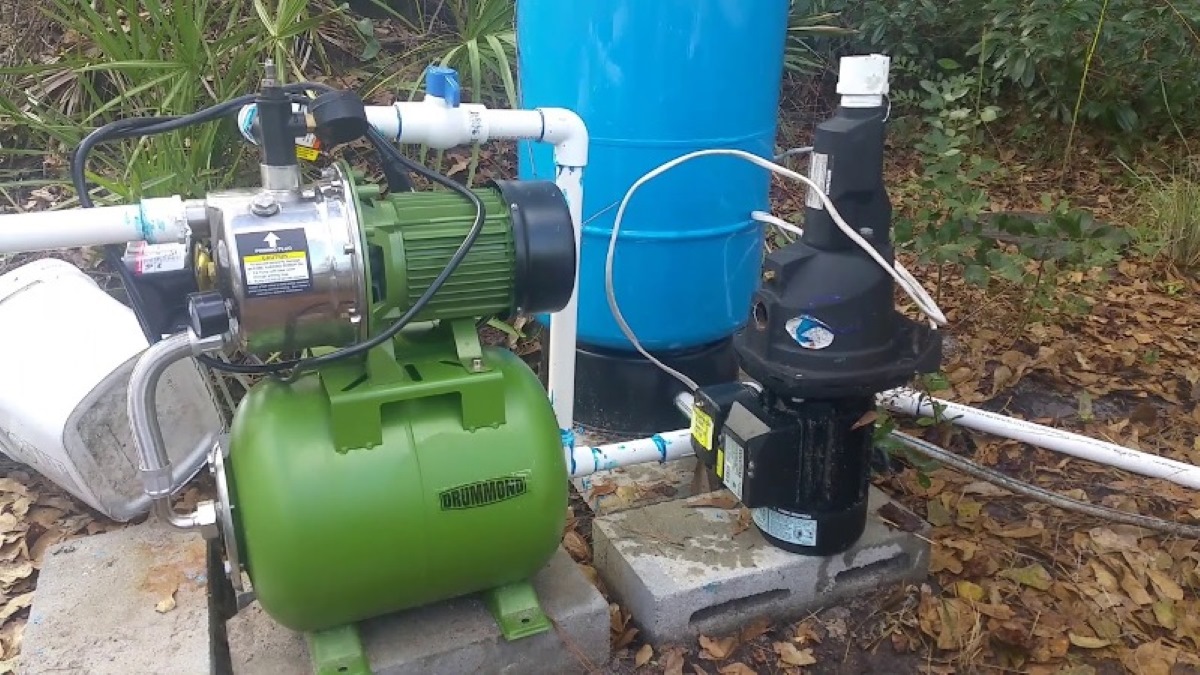
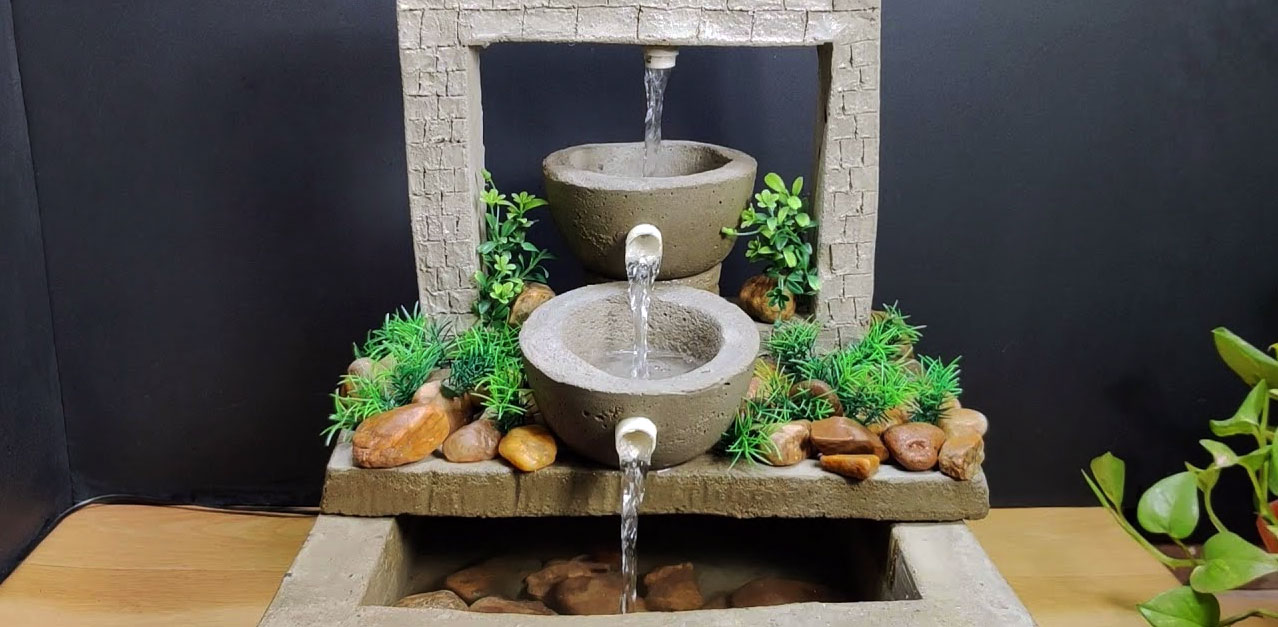
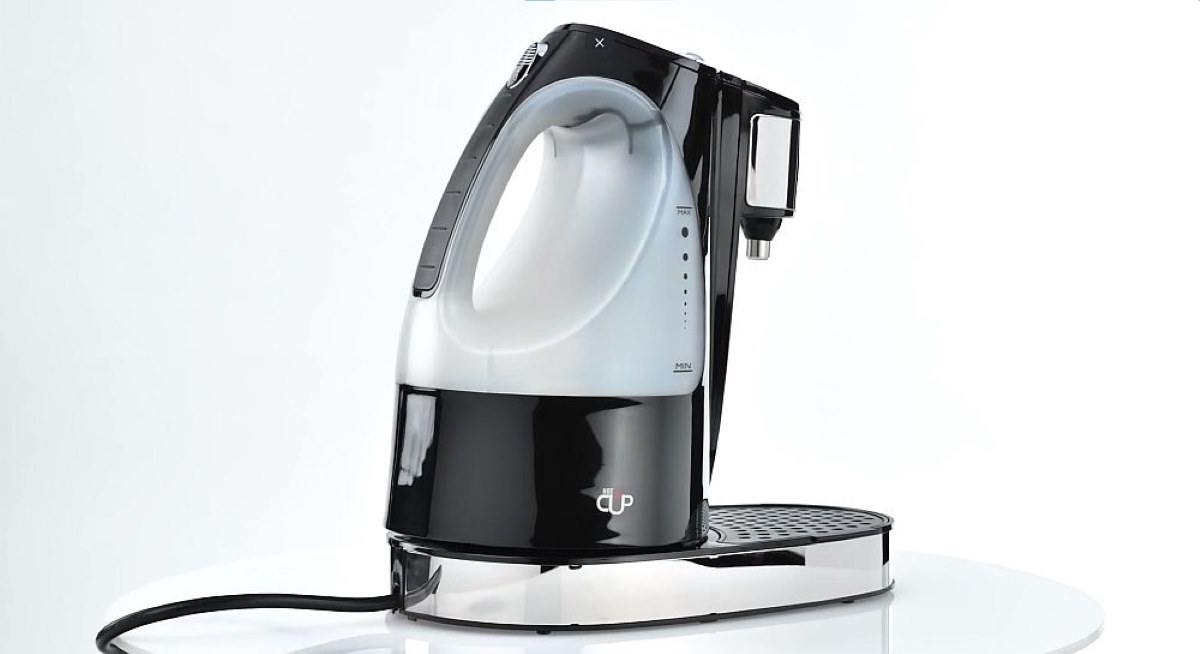
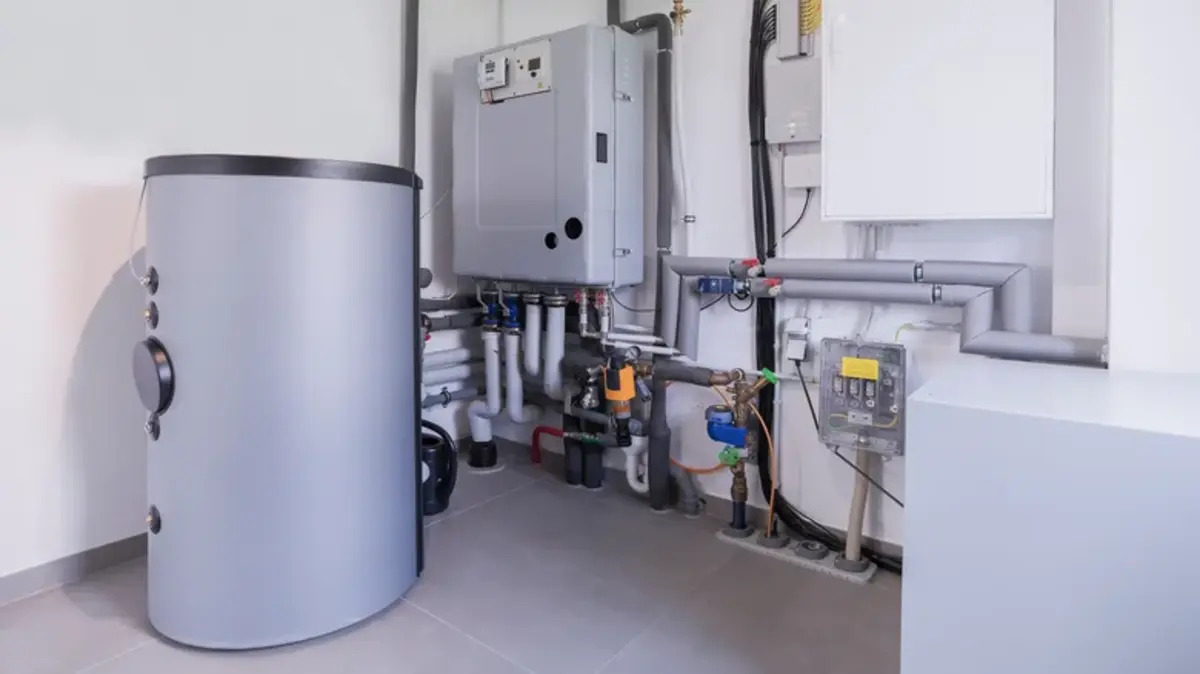
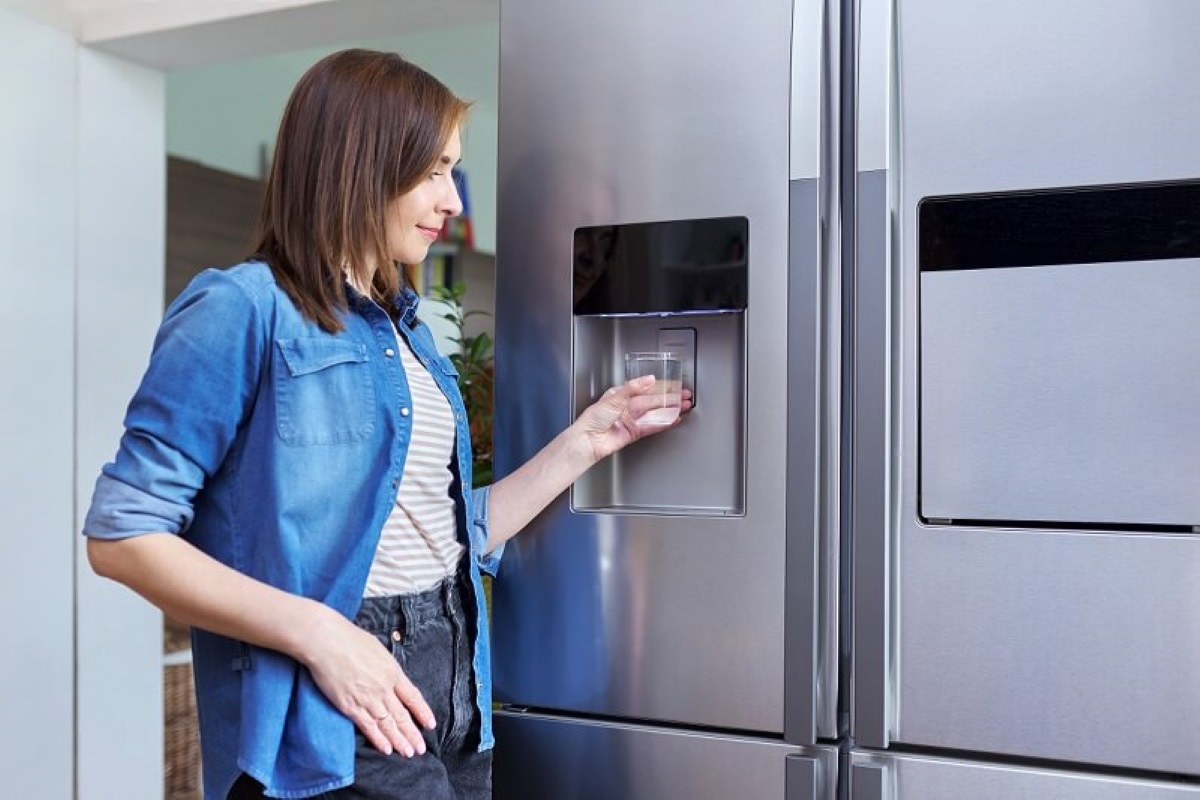

0 thoughts on “How Does A Water Heater Work”